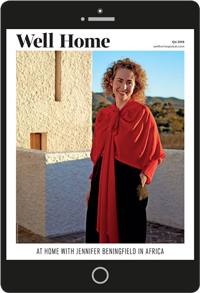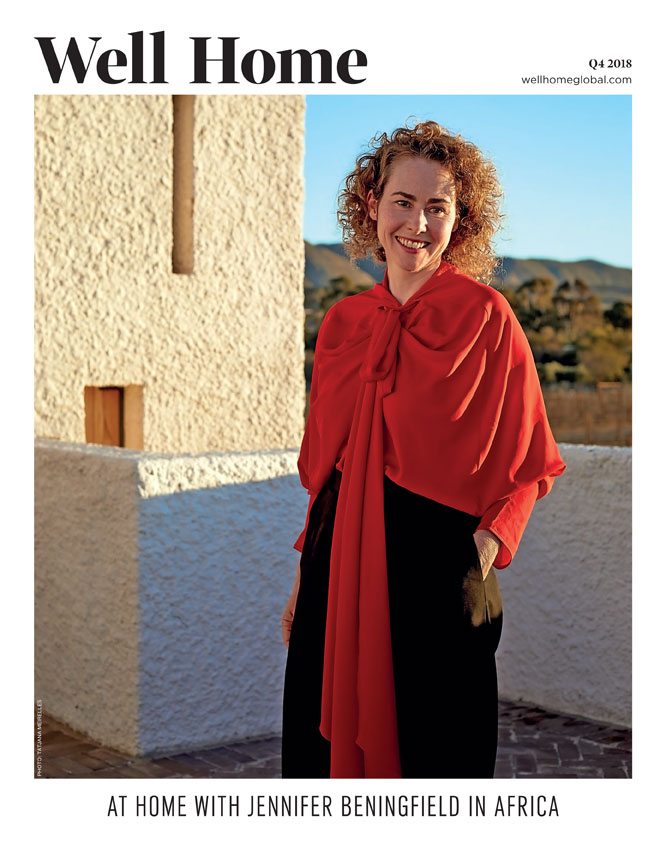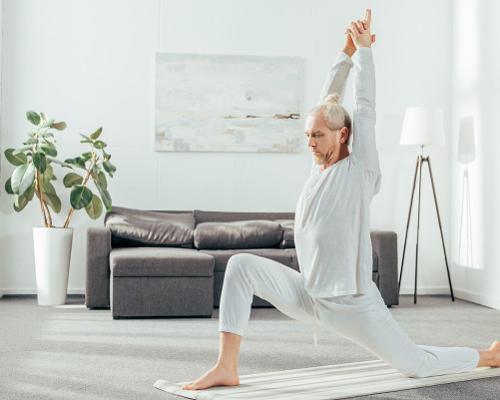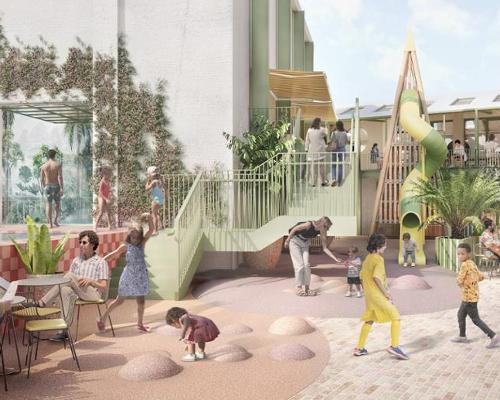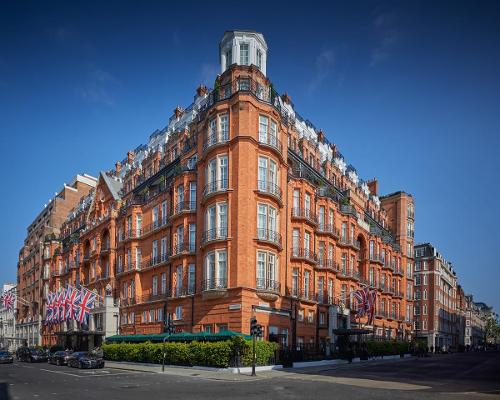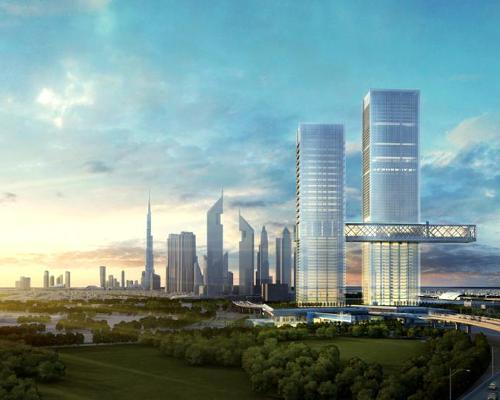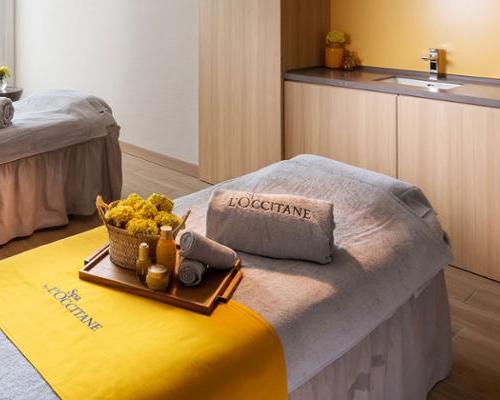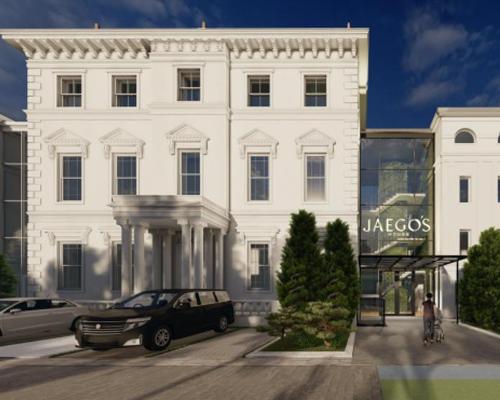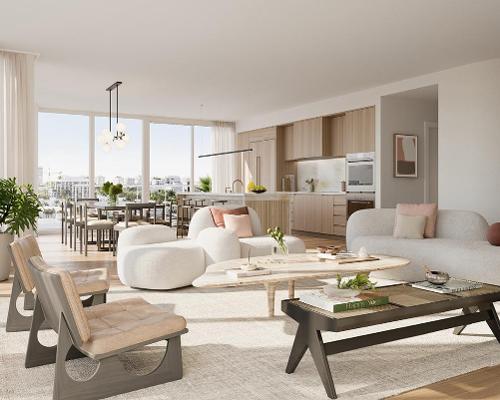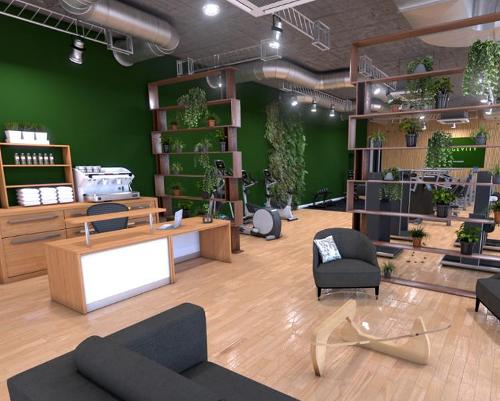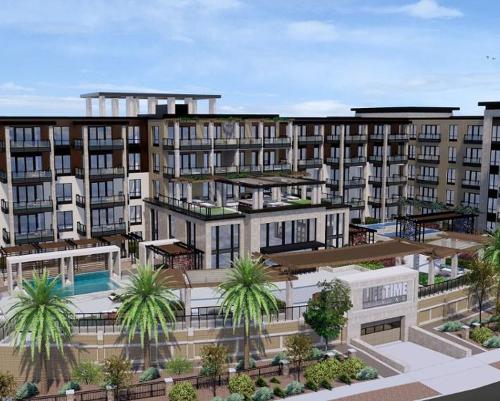The Global Wellness Institute’s Wellness Communities Initiative has written a white paper to address critical issues surrounding the fast-growing wellness real estate market – estimated by the GWI to be a US$100bn (€90bn, £81bn) global marketplace.
The initiative focuses on communities developed with proactive health and wellness, ecological sensitivity and social connectivity in mind, and the paper seeks to define what makes something a wellness community, what the minimum criteria to deem a community ‘well’ are, and what measures should be considered when attempting to attract, justify or measure investment in wellness real estate.
“(This is) an industry first that offers a baseline definition of what a wellness community is, inclusive of global perspectives from pioneers in the space,” said Initiative chair Mia Kyricos, who is also founder of strategic advisory firm Kyricos & Associates. “We hope it will both inform and attract research and investment in the greater wellness lifestyle real estate sector, already sized at $100bn and growing.”
Kyricos said the report has been written with a wide, cross-functional audience in mind, including owners, developers and operators in real estate, hospitality, wellness and sustainability sectors.
In the paper, the initiative defines a wellness community as “communities and buildings proactively developed with the holistic health of its residents, guests, environment – both natural and built – and local community in mind.”
It sets minimum criteria that are recommended in order to deem a community ‘well,’ including:
• Environmental consciousness, demonstrated by sustainable development and operating practices
• Holistic health and wellness demonstrated by offering residents opportunities via soft programmes and facilities – whether indoor or outdoor – to proactively take care of themselves and enhance their overall quality of life and wellbeing• Social connections demonstrated by both physical and programmatic elements that foster intergenerational socialisation and connectivity among fellow residents.
The initiative committee also outlined 11 additional criteria that may be considered in defining a community as ‘well.’
“Ultimately, there’s a shift taking place in the wellness industry where we are no longer talking about just the places we visit, but also where we hope to live, and with that comes the opportunity to leverage everything we’ve learned to date,” said Kyricos.
The paper makes note of the fact that while many communities have started to embrace the principles of wellbeing, often the offerings are “thin and seemingly related more to marketing and actual product.”
The initiative hopes to change that – starting with this paper – by driving a more holistic viewpoint during the initial planning stages of any residential project, said Kyricos.
The Wellness Communities Initiative is one of 16 Initiatives launched by the GWI earlier this year.
The Initiative includes 13 other members from across the world, including Kara Bauer, Mexico; Anna Bjurstam, Sweden; Alfredo Carvajal, US; Gloria Caulfield, US; Lisa Clarke, US; Samantha Foster, Thailand; Andrew Gibson, UAE; Ben Gill, UK; Kevin M. Kelly, US; Joy Menzies, Thailand; Steve Nygren, US; Robert Ranzi, Austria; and Brooke Warrick, US.
Kryicos will present more on the Initiative and the white paper at the upcoming Global Wellness Summit
in Tyrol, Austria, 17-19 October.




